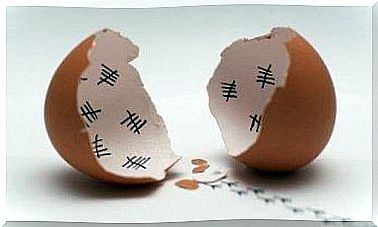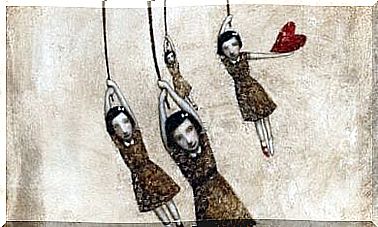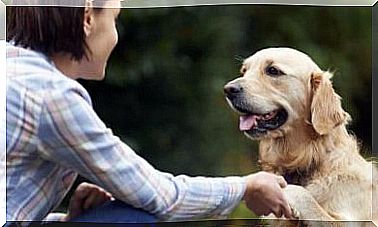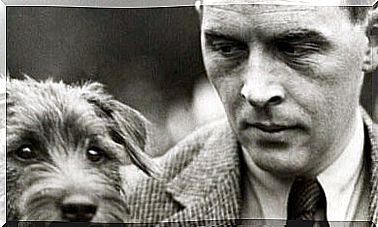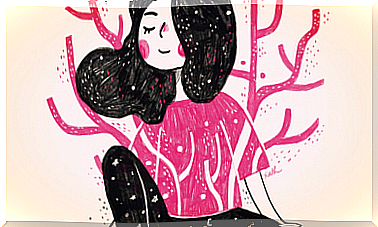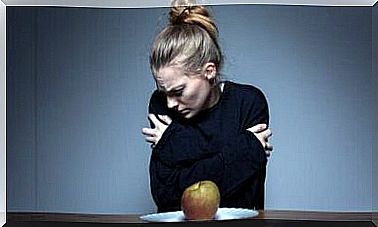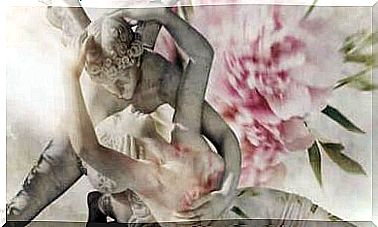Psychomotor Development – Interventions
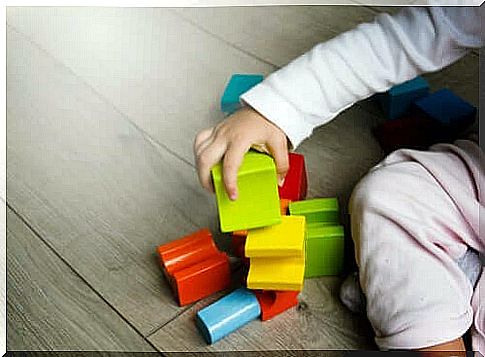
Psychomotor development, a concept that is ingrained in our society, is often blurred. Many people think that it’s just about making sure children can move properly. However, this topic is far more complex.
Psychomotor skills are, so to speak, the window to the world for a child in all of its symbolic functions, both on the behavioral and on the cognitive level.
Good psychomotor skills are usually the prelude to proper language acquisition and proper use of communication while interacting with others. Therefore, the term psychomotricity includes the cognitive, emotional, symbolic and sensorimotor interactions of a child during their cognitive, motor and emotional development.
The interventions to improve psychomotor skills, which we will discuss in more detail below, affect certain aspects of the following elements:
- Motor: balance, laterality and coordination
- Cognitive: perception, representation and creativity
- Affective-relational: acquisition of boundaries, regulation of impatience, emotions and security
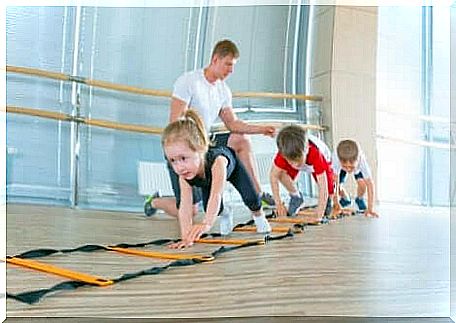
How to stimulate psychomotor development
In early childhood education, psychomotor activity or physical experience in relation to adults and peers, objects and space is essential for the child’s proper development.
All activities aimed at developing psychomotor skills should therefore be attractive, varied, motivating, entertaining and playful.
In today’s article, we’re going to cover some basic ideas for proper psychomotor stimulation:
1. Space, materials and the role of adults
The materials must be diverse and suitable for a child’s age. This is because both the educator and the space used in the classes must be part of the child’s activity. The aspects that are most often given to create a psychomotor space are the following:
- Space. The child must be in a safe environment. At the same time, however, the space needs to be stimulating enough to develop the skills that interest them.
- Materials. The more diverse the materials in a classroom, the better the children’s psychomotor development.
- The role adults play in psychomotor development. A teacher must have the ability to see, listen, and communicate both verbally and non-verbally. In addition, the attitude of the educators and their commitment is essential.
2. Well structured lessons
In order for children to get the most out of the psychomotor sessions, a well-designed structure must be in place. Therefore, teachers should plan in detail the types of activities they want to do during the class.
In contrast, it is also a good idea to let the children improvise their activities at times. However, this space of freedom must not deviate from the basic norm; the teacher should continue to be the lead person at all times.
3. Games and games are important
Contrary to what many people think, games and games are some of the most useful activities children can do. Because playing helps them with countless things. For example, to explore the space around them and learn to obey rules. But also to experiment, create and interact with your peers.
There are different types of games and each one plays a different role in psychomotor sessions. However, they can all help to achieve one goal or another. Therefore, games are fundamental to developing these skills in children.
Psychomotor development at ages 0-3
In the first years of life, a child develops psychomotor skills so that, among other things, it becomes autonomous and can build relationships with others.
In this section, you will learn how these skills develop in the first three years of life. This will make it easier for you to assess whether a child is developing normally.
Psychomotor development: 0 to 9 months
- A child can look up.
- Children can fix their gaze and follow the movements of an object or person.
- Children smile and respond to a stimulus.
- In addition, they can visually recognize their mother or their caregiver.
- A child responds positively to social interactions by making some kind of sound.
- A child can turn from the prone position to the side and into an upside down position.
- In addition, children can smile and move their legs when they recognize someone.
- They know exactly who their supervisors are.
- A child can sit without support.
- It can stand with support.
- In addition, children smile at their picture in the mirror and try to interact with it.
- They get angry and cry when their main caregivers leave their line of sight.
- After all, they feel uncomfortable with strangers.
Psychomotor development: 9 to 12 months
- At this stage, the child can sit and stand without assistance.
- Likewise, a child can now crawl.
- In addition, children can search for and find hidden objects.
- You can put items in a container and then remove them again.
- Children take their first steps while someone is holding them.
- In addition, children can have a loving exchange with people.
- A child responds to his name.
Warning signs at 12 months of age
- The child continues to need support to stand still.
- It cannot hold objects with both hands.
- The children do not smile at familiar people.
- They don’t care about their surroundings.
- A child does not make a sound to attract attention.
- After all, a child does not cry to protest the absence of their caregiver or the people they are close to.
Psychomotor development: 12 to 24 months
- At this stage, a child may stand up and take some unsupported steps.
- It can roll a ball just like an adult.
- The child begins to use a spoon and hold it tight.
- In addition, the children now eat solid food without any problems.
- A child can handle building blocks freely.
- In addition, a child recognizes different parts of the body.
- The children can recognize unfamiliar people who are part of their daily environment.
- You can recognize everyday objects like spoons, towels and toys.
- They can also playfully imitate the movements of another person.
- They accept the absence of their parents, although they can protest if they leave.
- A child can repeat things that they find funny to attract attention.
- In addition, children can explore familiar objects and show their curiosity.
- You can drink from a cup that you hold with both hands.
- A child can bend down to pick up items.
- It can recognize the familiar surroundings, for example certain areas at home, in a park, at school, etc.
- It can also play with other children for a short time.
- A child can now share things with other children if they ask about something.
- You can spot some seasonal items like clothes, shoes, etc.
Red flags at the age of two
- The child does not run.
- The child cannot point to the main parts of his body.
- The children do not approach other children or show any interest in playing with them.
- In addition, children do not recognize various familiar areas such as the kitchen, bathroom, bedroom, etc.
- They do not imitate the actions of adults.
- After all, they don’t answer their names.
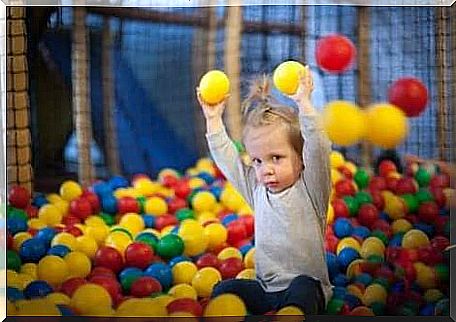
Psychomotor development at the age of 24 to 30 months
- At this age, a child can jump off the ground with both feet.
- A child can throw and kick a ball with their hands.
- Children can take off their shoes and take off their pants.
- Children at this age can also use a spoon and fork and drink from a cup without spilling anything.
- You can go to the bathroom under supervision.
- Children can easily move around familiar spaces, for example at home and at school.
- In addition, the children can identify some changes in nature that correspond to the different seasons.
- The children can recognize familiar people in photos and differentiate between people, animals and plants in pictures.
- You can play with other children
- After all, they can greet familiar people when asked to do so.
Psychomotor development: 24 to 36 months
- In this final phase of psychomotor development, a child can perform manual manipulative activities such as screwing a lid on and off, putting a lid on and off, or spitting it with a fork.
- It can run and jump with some control.
- Children can ask to go to the potty whenever they need it.
- Also, children at this age show a preference for some of their classmates.
- They can also show an affection for younger children and pets.
- After all, they know the social rules and habits of the groups to which they belong.
Warning signs in a three year old child
- It pees in your pants.
- The child is unable to respond to simple commands.
- In addition, the children cannot identify any pictures.
- The children remain isolated and show no curiosity about things.
- Another point is that a child does not speak in full sentences.
- A child cannot imitate simple strokes.
Note that all of these warning signs are nothing more than clues that should get your attention so that you can consult a specialist if necessary. This can then help your child improve certain skills.
However, don’t worry too much if your child has not yet reached certain developmental milestones. On the one hand, children develop differently and, on the other hand, timely intervention can repair most of the cognitive developmental delays.
